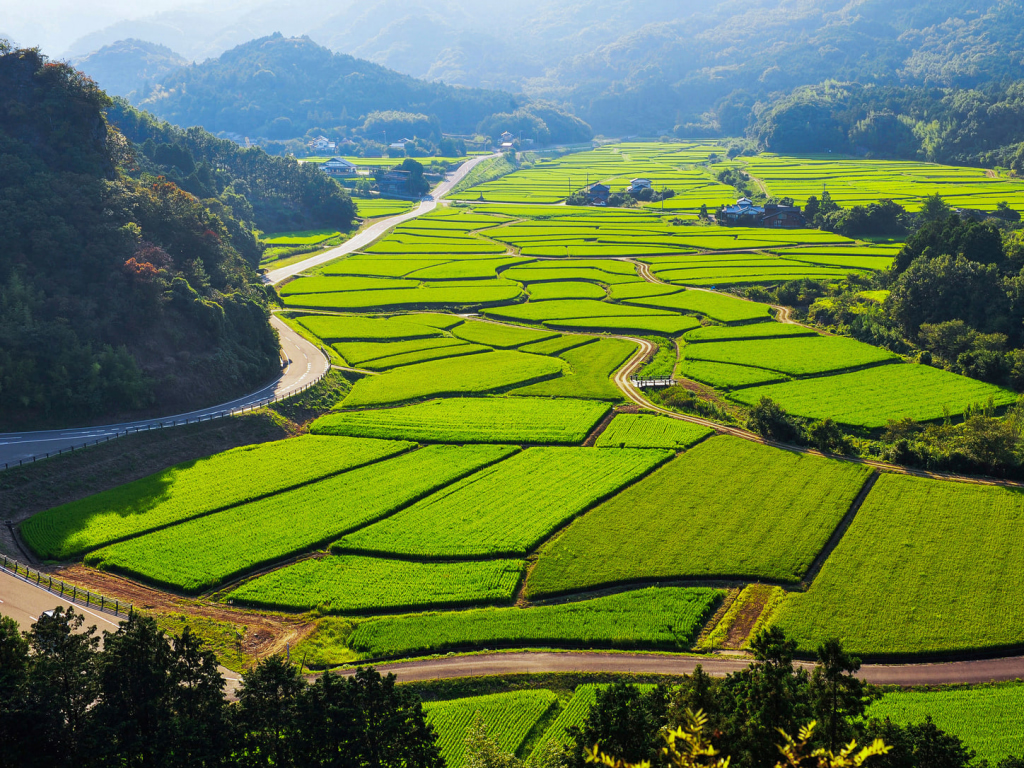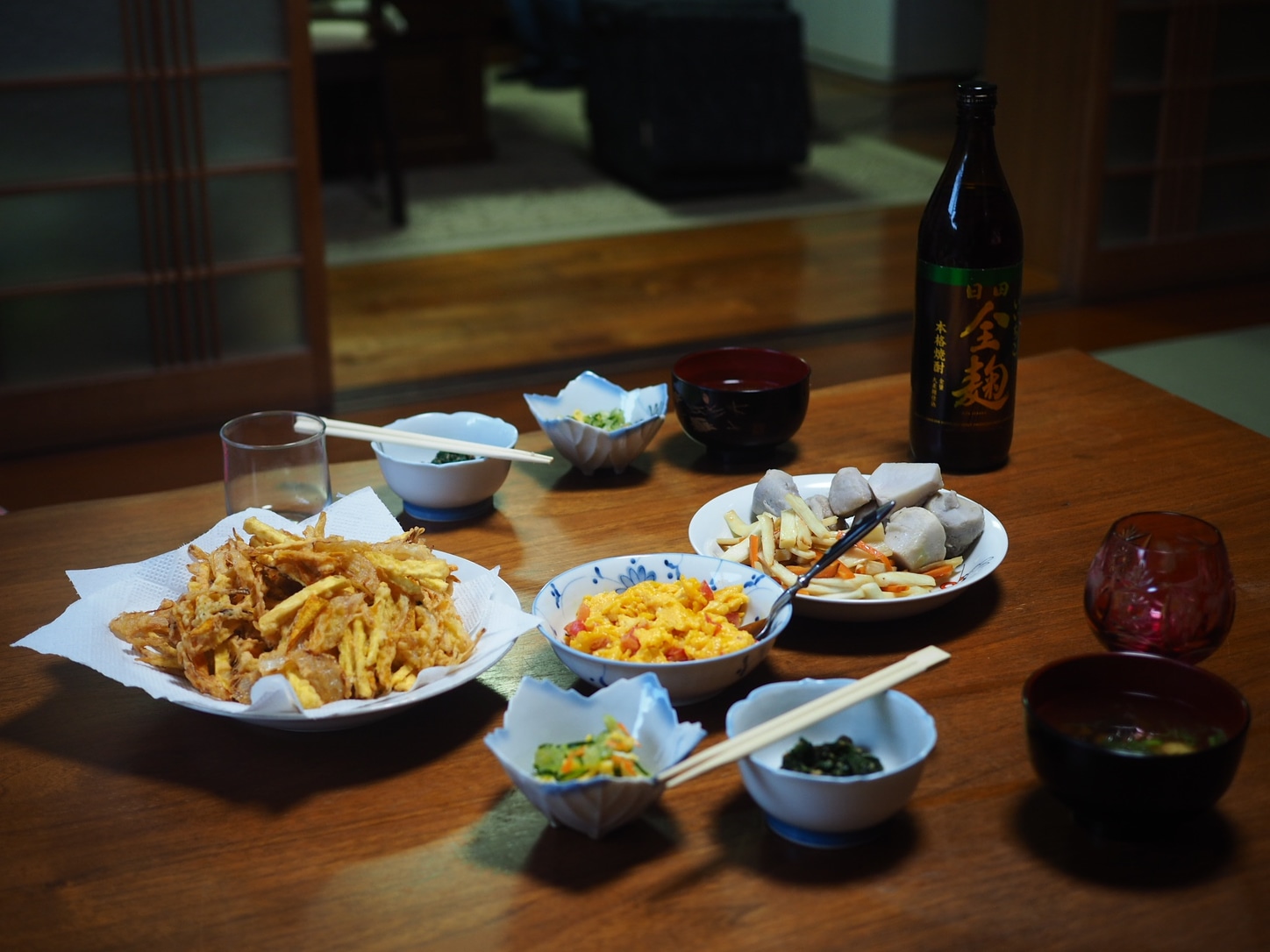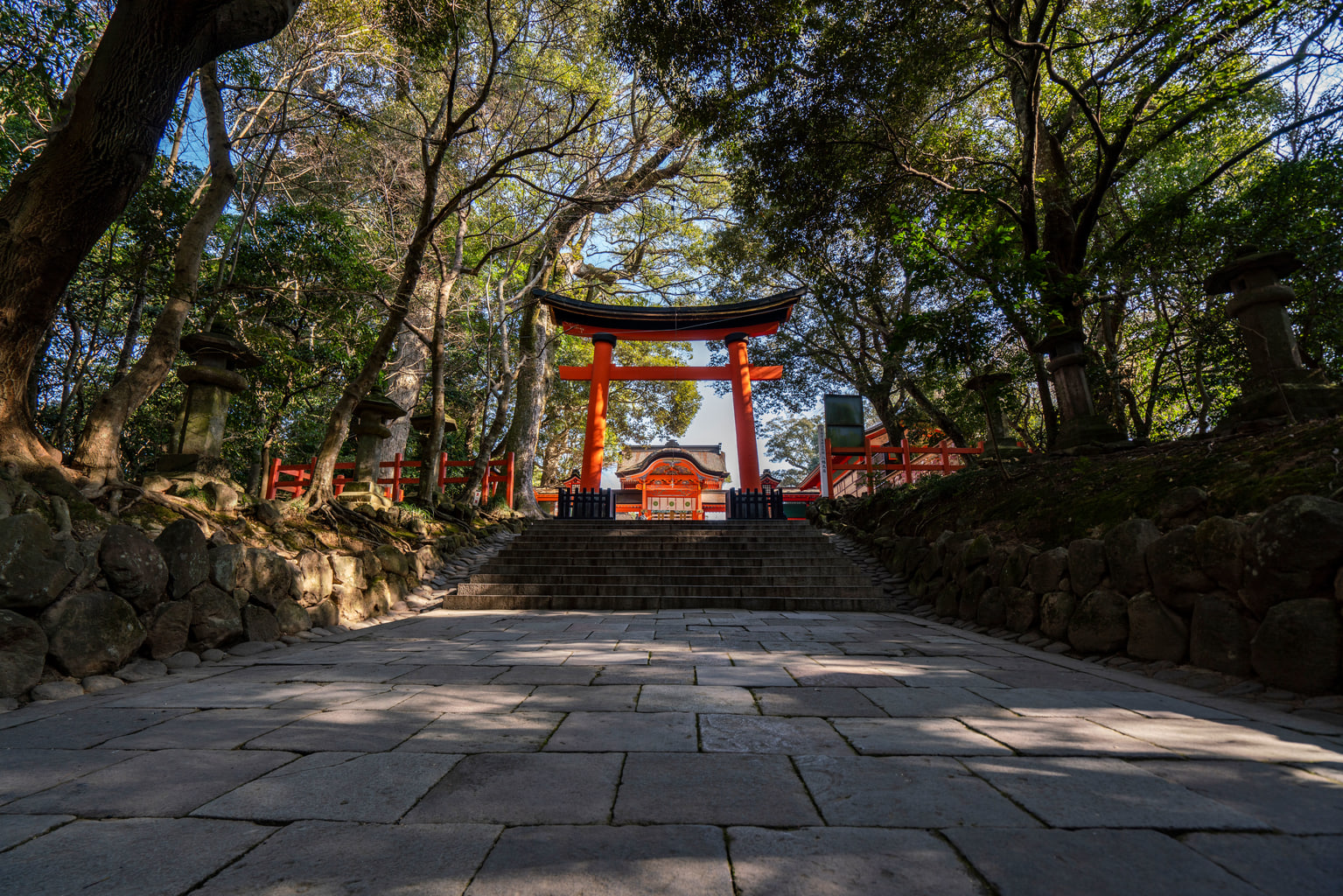Perhaps you’ve been to Japan before, and are looking to properly get beneath the skin of it all. Or perhaps you just need to unplug from city life for a bit, enjoy a little R&R, and get back in touch with the greener side of things. Whatever your motive, travel doesn’t get much more off the beaten track than this: a homestay in rural Kyushu. What’s more, there are several places to do so, each with their own local flavor. These are four of the best…
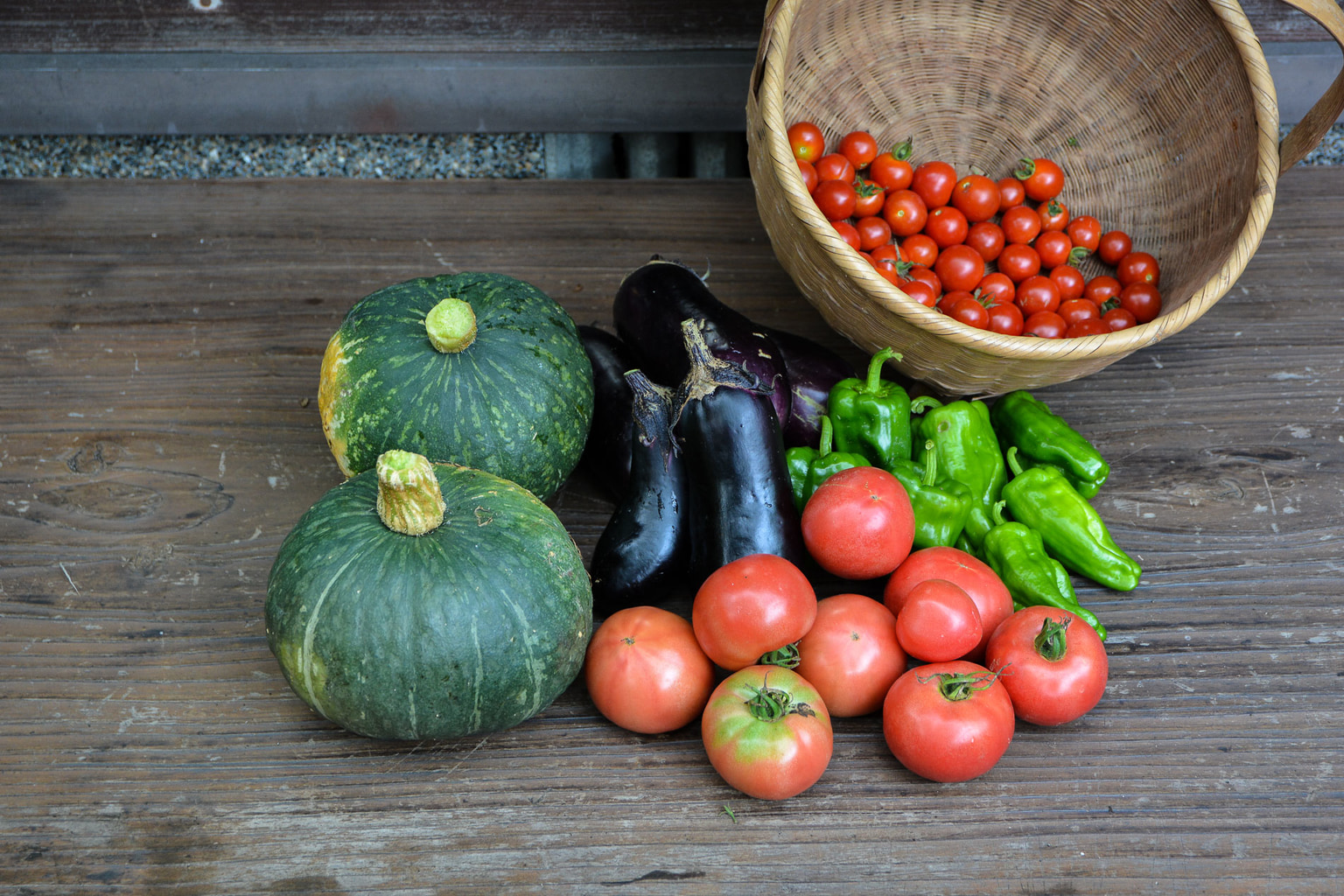
Saiki: Vegetable Gardens & Seaside Trekking
Officially a city, Saiki was merged with multiple municipalities in 2005, and the resulting sprawl makes it Kyushu’s biggest city by surface area. Yet that surface is hardly crowded: there are less than 100 people per square kilometers here, meaning you can have large swathes of the place to yourself. That is certainly true at one of the farms in Saiki, run by the Sato family. Their house is in a small village, with only a handful of homes dotted between the mountains. Adding to this local flavor is the fact that the guest room is part of the house rather than being its own contained unit so you’re truly part of the family for the duration of your stay, with all the duties that come with it.
To make the most of the experience, aim to arrive in the early afternoon. Farm duties dictate the ebb and flow of the family’s day, meaning that the day winds down earlier than city dwellers may be used to. It also means that after you arrive, you’ll be able to jump straight in and help prepare dinner from scratch. The family farm is less than a minute away from the house and is full of seasonal, homegrown vegetables such as fresh tomatoes, goya (bitter gourd), pumpkins and much more.
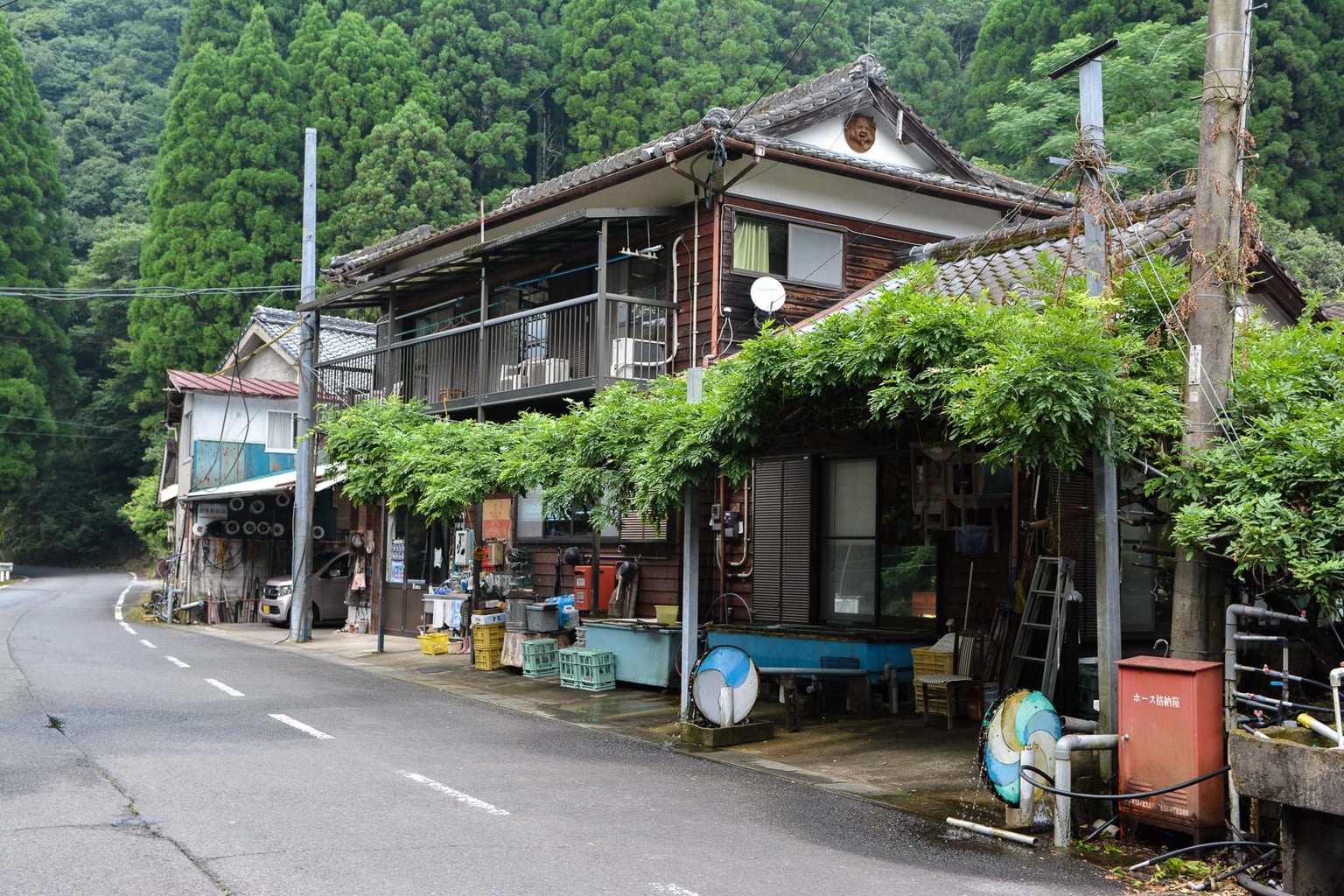
Saiki Homestay
Back in the house, the day’s harvest will be used to make a traditional Japanese-style family meal: think several small dishes, with lots of vegetables, some rice, fish and of course a side of miso soup. Over dinner, you’ll be able to bond with the family a bit. They may not speak any English, but with gestures and a smile, you can still get quite far. Post-dinner, you’ll have time to relax and settle in for an early night, with a stream gently flowing past the house as one of the only sounds around.Keeping with the flow of the farm, the next morning visitors often rise early to get the most out of their day and explore the Saiki area. To do so, you’ll need a proper meal, and luckily Mrs Sato is on hand with a full Japanese breakfast – and perhaps an onigiri for the road. Then it’ll be time to bid adieu to the family and set off to see what else Saiki city has to offer.
Across the bay is Onyujima, an island that’s a 10-minute ferry ride away and is great for hiking. There’s a trekking course right on the island’s coastline. Along the way, you’ll see shrines as well as stunning views of the island and Saiki Bay. It’s a pleasant day trip, which will show you another side of Kyushu’s rural life.
Hungry? Head back to the mainland where there are plenty of great spots to eat – be sure to try the local specialty, Saiki sushi, made with fish from the region. Further north on the mainland, Saiki has another natural highlight. The picturesque Bungo Futamigaura is a famous set of rocks in the sea, known as meoto iwa, or couple stones, in Japanese. They are bound together by a sacred shimenawa rope, which weighs a whopping two tonnes. It is replaced annually by residents of Saiki. With the sun rising between the two rocks between March and October, it’s not exactly a chore to simply look out across the sea, take in the scenery and contemplate life. Rest and relaxation, sorted.
More info at voyapon.com/green-tourism-oita-kyushu
Usuki: Shoe Etiquette & Stone Buddhas
Close to Saiki is Usuki, an old castle town. Most people come here to see one of Japan’s National Treasures: the Usuki Stone Buddhas, located just a few kilometers outside of town. What sets them apart is they were carved into cliffs made from volcanic rock, similar to that of nearby Mount Aso. Usually, Buddha sculpture or statues in Japan are made of wood or metal, making these carved stone Buddhas unique.
This isn’t the only way to enjoy Usuki, though: those looking to indulge in a little green tourism can also opt for a homestay, around 30 minutes away from the Buddha site.
Set in the countryside of Usuki, the homestay is at the Adachi family’s traditional Japanese house, complete with a proper Japanese-style entrance. When arriving, you’ll be asked to take off your shoes before entering the home – for local brownie points, don’t forget to turn your pair of shoes back towards the door, so you can easily slip your feet back into them when you leave.
Inside, the house is rather sizeable, with space for up to 20 guests if needed. You’ll get to truly experience what it’s like living in a Japanese home, with futon beds laid out on tatami mats. There are also multiple Buddhist ornaments, some of which members of the Adachi clan use to honor their ancestors.
As is customary in the region, the family grows their own fruit and vegetables. However, they’ve taken another step to ensure everything is the best quality: they use no pesticides whatsoever. The ingredients are used in the dinner served at the homestay, which always reflects seasonal produce. Vegetarian meals can be arranged here too on request, with Mrs Adachi conjuring up some simple yet flavorful Japanese dishes.
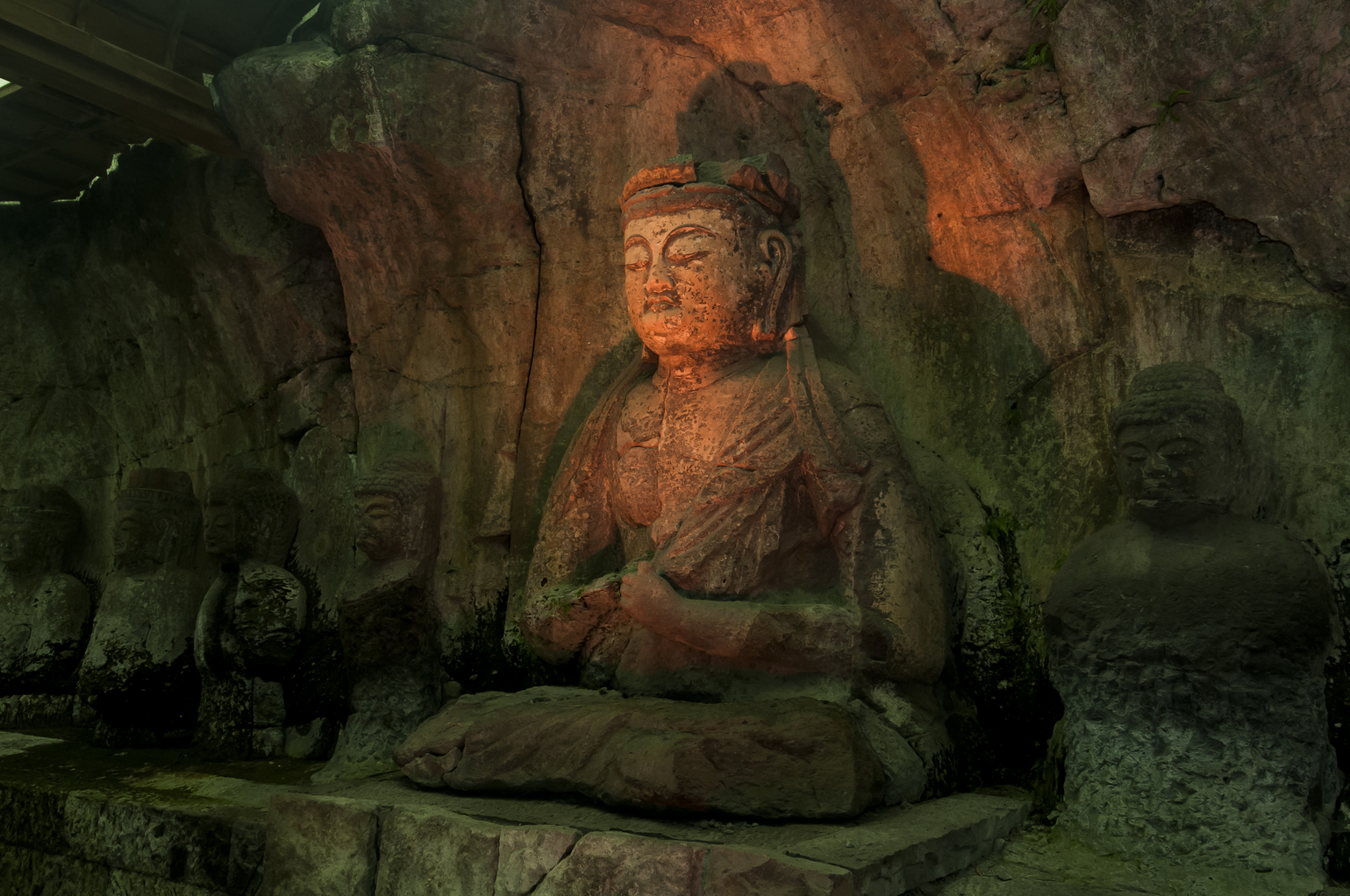
Stone Buddha in Usuki
The next morning, if the weather is good, Mr Adachi might invite you for a leisurely stroll in the garden. It’s not just any garden, though: there’s a small seating area with superb views of the countryside. Stop for a coffee and a chat with Mr Adachi, and sit back, relax, listen to the birds, and appreciate it all. Once fully charged, go for a further walk through the area, full of rice paddies and farms. It’s almost too beautiful to leave.
If you do manage to part ways, head back to Usuki city proper, which still has remnants of its old samurai district. You can easily spend a full morning or afternoon wandering around, taking in the typical Edo-era architecture. The center of the action is at Nioza Historical Road, which is reminiscent of Kyoto’s famed Ninenzaka – but without the crowds. Some of the old houses are open to visitors, so you can get another peek into a bygone era here. That includes the lavish Inaba Residence, the former residence of the local feudal lord. It’s full of exquisite rooms with tatami, sliding doors and a garden in the back.
Those visiting in November should certainly spend the evening: Usuki has its very own bamboo lantern festival. Oita Prefecture is known for its local production of bamboo, specifically madake (timber bamboo). In honor of this, many places across the prefecture use bamboo for various items, and it features heavily at festivals. In Usuki, this means local craftsmen expertly cut pieces of bamboo and craft lanterns from it, which are then lit at night. It’s a rather photogenic, and local, way to end your trip to Usuki.
More info at voyapon.com/oita-usuki-green-tourism
Bungotakada: Rice Paddies & Showa Style
To truly get away from it all and learn about how some farmers in rural Kyushu manage to stay nearly self-sufficient, the Kono homestay is your best bet. Their home is in the district of Bungotakada, in the village of Ojiki. The closest station is a 30-minute drive away and Mr Kono will pick you up – you’re unlikely to be able to hail a cab here.
The drive to the Kono home is a taste of what’s to come. Rice paddies as far as the eye can see, this is the heartland of Kyushu’s countryside. The road meanders through the valley, and then inclines steeply once you reach the tree-lined hill. From here, you have a bird’s-eye view of the area. It’s a breathtaking introduction to the region.
Not long after, you’ll have arrived at the family home, which is virtually isolated. The traditional Japanese house has been in the family for generations and was built over 120 years ago. The family dog, Sumi, will likely greet you. Inside, sit down in one of the tatami-clad rooms with a cup of tea and get to know your hosts. The Konos don’t speak English, so this is your chance to practice some Japanese – whether with the help of Google Translate or not.
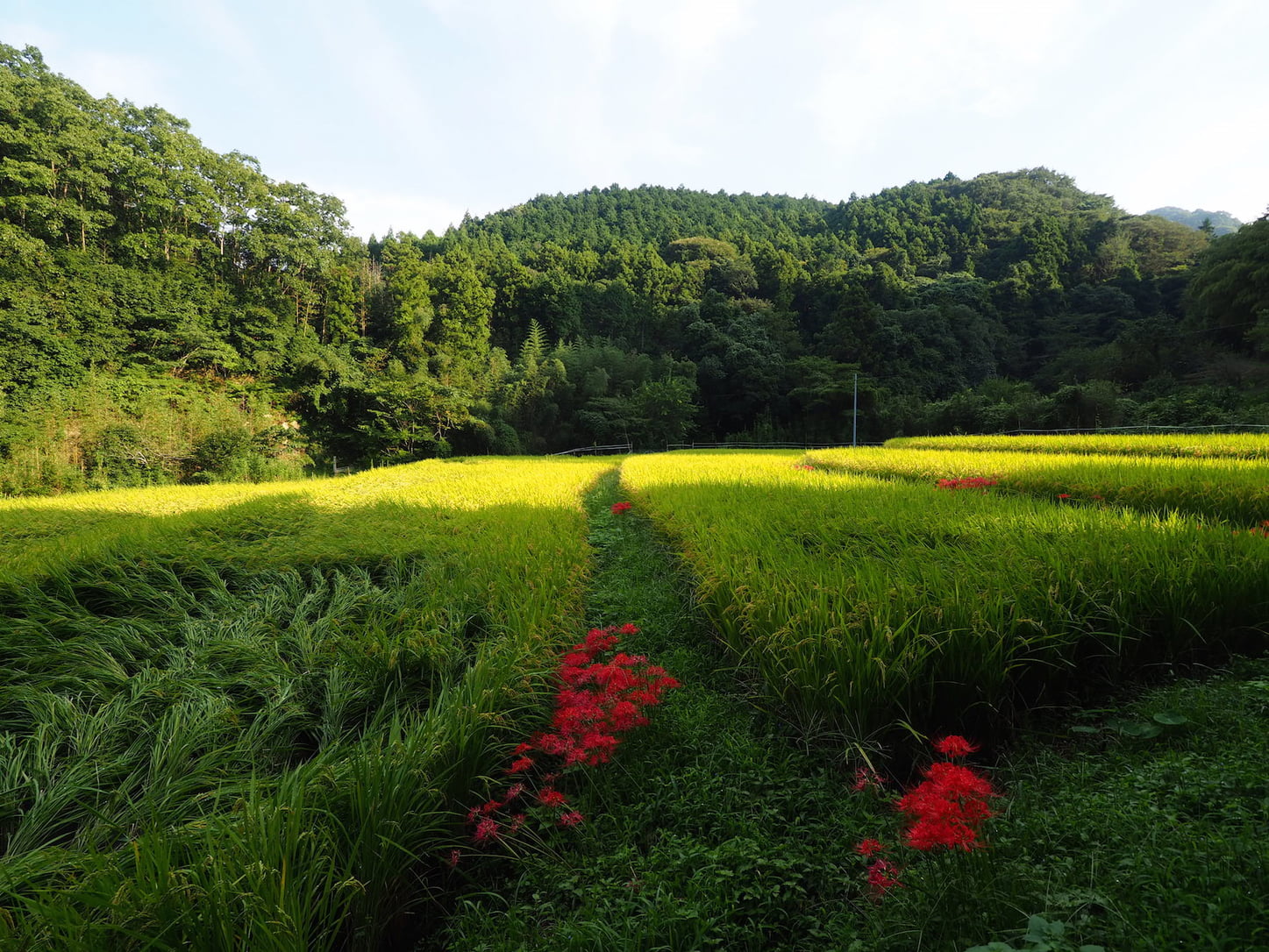
Rice Paddies
The Kono family produces almost everything they eat, and part of the experience is learning how they tend to their vegetable garden. That includes the best ways to pick certain vegetables such as eggplants, or the correct way to pull a stalk from a plant to make sure it will flower again. The Konos have a wealth of hard-earned knowledge and show no sign of slowing down even though they’re nearly octogenarians. With not only the closest station, but also the closest store a good half-hour drive away, it’s almost a necessity. Later in the evening, all that produce will be transformed into an assortment of delicious local dishes, including home-grown rice. Over dinner, you’ll have more of a chance to chat to Mr Kono, perhaps gossip over TV programs, and settle into Japanese home life. The next morning you’ll be parting with a heavy heart but not before tucking into an elaborate Japanese breakfast. You’ll need it, to remember every last flavor of the Kono’s garden.
If you have time to spare, Bunkotakada does have a few sights that are worth a visit. The town of Bunkotakada itself used to be one of the most thriving cities in the Kunisaki Peninsula until the mid-Showa period. To celebrate that heritage, part of the town has been renovated in the retro Showa style, complete with Showa-esque buses driving around on weekends and holidays. There is even a diner that’s made a point of not only serving the same dishes as 70-plus years ago, but also charging the same as they used to back then.
Afterwards, you can head to the Matama Coast, which is the only place in Oita Prefecture where you can see the sun setting into the horizon – there are no buildings, other islands or anything else standing in the way. At low tide, in particular, the view is even more stunning as the pools between the exposed sandbanks reflect the early evening light.
It’s a perfect ending to the day.
More info at voyapon.com/kyshu-bungotakada-farm-stay
Ajimu: Art, Nature & Culture
Not all homestays are the same. One that does things slightly different is Kominka Gallery Mikura, a gallery meets restaurant and lodging space in the village of Ajimu, part of Usa City. Here, Japan’s inaka (countryside) meets art, and visitors are invited to get a taste of both by getting their hands dirty.
To start, you’ll be picked up at Usa Station by the always welcoming Mrs Koshimizu, one half of the Kominka duo. On the way to the house, she’ll likely delve straight into introductions. Her personal story is pretty interesting: originally from Fukuoka, she decided to live in Usa to enjoy the inaka lifestyle. Nowadays, she runs Kominka with her husband, welcoming visitors from across Japan and the globe to their home and showing them a slice of their life. It’s precisely that which is key: Kominka isn’t just a gallery or open space; it functions as the Koshimizu home. Once inside, Mr Koshimizu will be quick to point out the artworks and calligraphy scrolls hanging on the walls, with the entire place full of beautiful items. Art is key to their life and appreciating it is what motivated them to start Kominka in the first place.
But art isn’t the only interesting aspect of this homestay. They also have a well-tended vegetable garden, which visitors are ushered into – work boots, apron and all – to help harvest the bounty needed for dinner. Unlike other homestays, though, the activities don’t end after picking fruit and vegetables. You’ll also be put to work carving pieces of bamboo, shaving them down until you have your very own, handmade pair of chopsticks. It’s a hard-won souvenir.
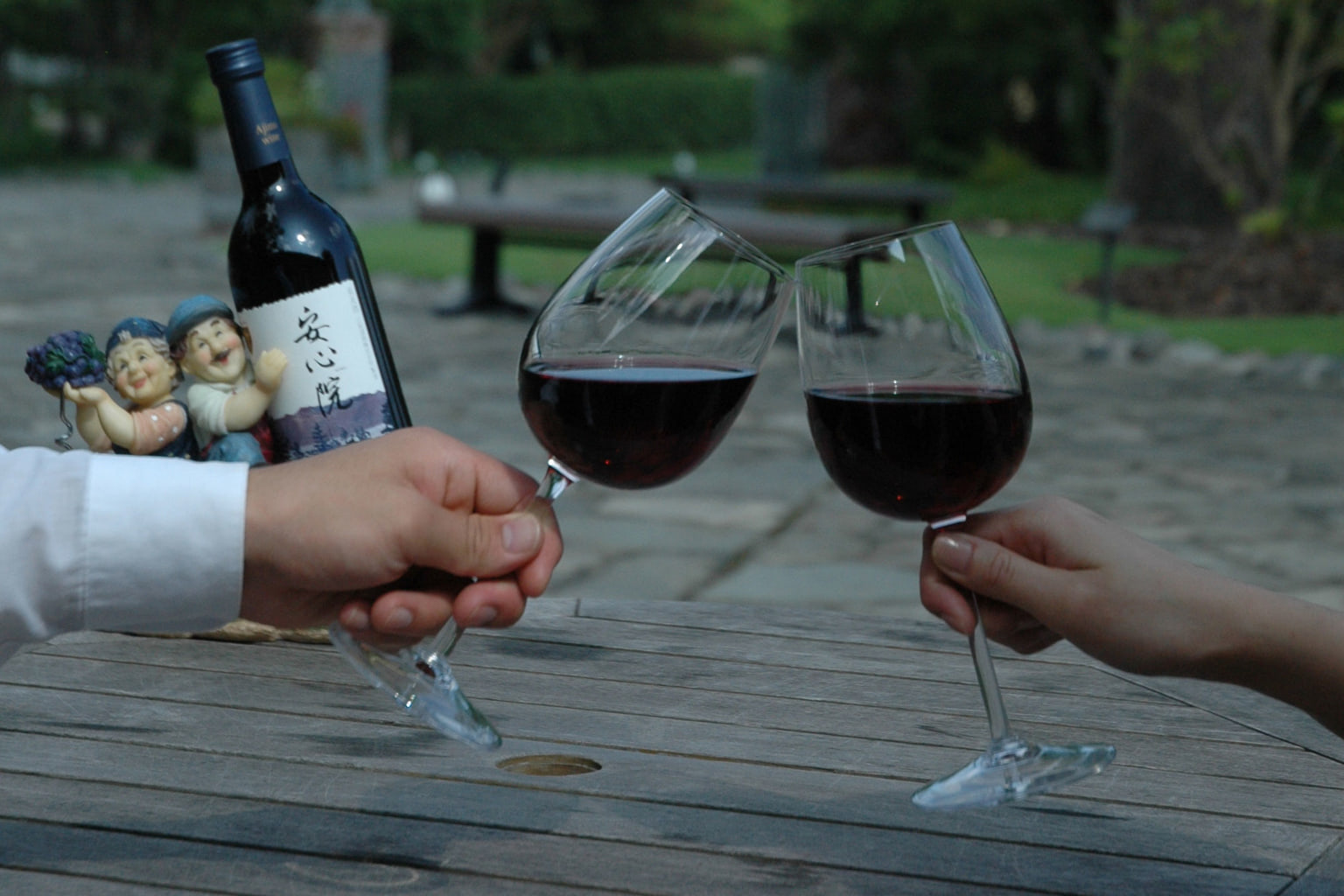
Ajimu Winery
After this, you do get to relax a bit at a nearby public bath, where you can pick between the regular sento baths, or the outdoor rotenburo. Soak for a while, but don’t forget the time: you’re still expected home for dinner.
Your meal is served inside the gallery, with all its artworks lined up on shelves. Many, if not all of the pieces, including the porcelain creations, were made by Mr Koshimizu. While admiring them, your dinner will be served: multiple small dishes chock-full of prized local ingredients, some of which are grilled before your eyes on the tabletop barbecue. The hard work is done by Mrs Koshimizu, and all you need to do is sit back and eat your fill – they’ll make sure you’ll be satisfied. The next morning, that routine continues with an elaborate Japanese breakfast. The Koshimizu family delight in showing visitors the best of the region and their efforts certainly seem to be paying off.
Besides Kominka, the city of Usa is more than worth the trip, with food, culture and nature all within easy reach. Nearby, you’ll find the Ajimu winery, where you can taste local wines and stock up on Usa delicacies. For a shot of culture, head to the beautiful Usa Shrine, which was designated a National Treasure and acts as the main Hachiman shrine in Japan. Built in the 8th century, the shrine site covers a lot of ground so you’ll need some time to stroll through the entire length of it.
Finally, if you want to return to nature for a bit, there’s always the stunning Higashi Shiiya Waterfall, which is sometimes nicknamed the “Kegon Falls of Kyushu,” a nod to the impressive waterfalls of Nikko. That alone should make you consider a detour to rural Kyushu.
More info at voyapon.com/kyushu-oita-kominka-gallery-farm-homestay
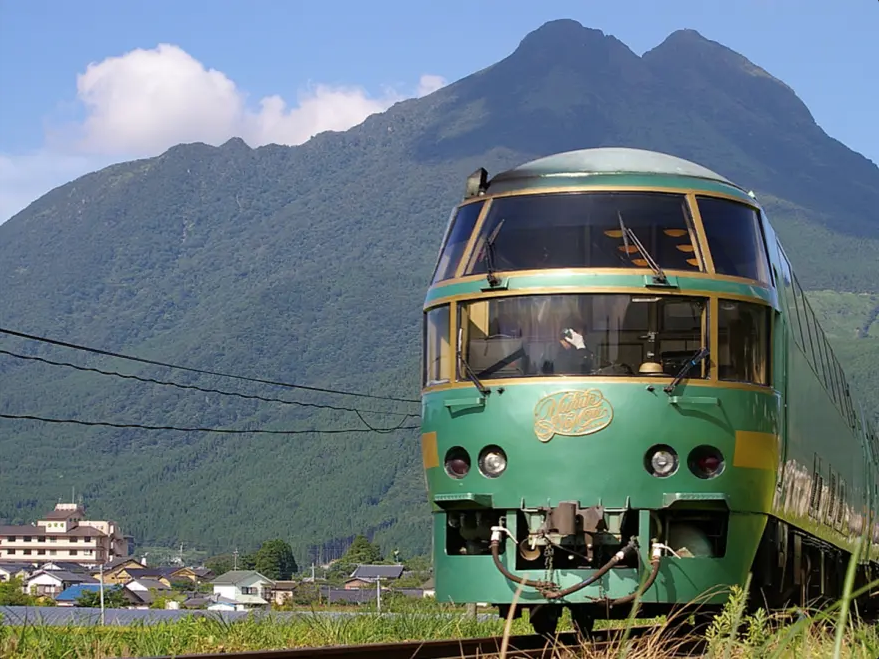
DISCOVER KYUSHU BY TRAIN
Buy the JR Kyushu – All Kyushu JR Pass
For an extra 5% off use our coupon code TOKYOWEEKENDER during check-out.

